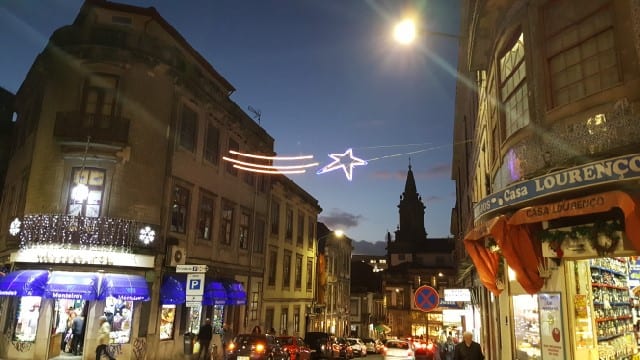Please The Palate Pick of the Week: Dining at Two-Star Michelin Restaurant Belcanto in Lisbon
With only two days in Lisbon, my friend and I were looking to pack in as much as we could. She emailed me asking if one of our activities might be to have dinner at Belcanto, a two-star Michelin restaurant. The 2019 Michelin Stars had just been announced and Portugal has twenty-six Michelin starred restaurants, twenty which have one star and six which have two stars. Belcanto had yet again received two stars. I knew it might be a bit of a splurge but I could not say no. Of course, the challenge would be getting a reservation. We were only two weeks away from going on our trip and the website only had an email address on it. I reached out to a friend of mine in Lisbon who works for the elegant Palacio Estoril Hotel and thought he might be able to find their phone number and call from the same time zone. The next day, I had an email from him telling me that the restaurant was completely booked BUT he was able to get us a seat at the Chef's Table. We would experience a tasting menu with wine pairing. We immediately booked the reservation.
Belcanto is owned by celebrity chef José Avillez. Avillez has worked with gastronomic superstars Ferran Adria, Eric Frechon and Alain Ducasse, as well as received his first Michelin star at Taveres, Lisbon's oldest and grandest restaurant. Avillez took over Belcanto in 2012. An award-winning restaurant since 1958, Belcanto had been a late night gathering place for artists and opera patrons who frequented the nearby St. Charles theater, as well as a “gentleman’s club” where dancing girls performed on a small stage. Avillez renovated it into a subtle and sophisticated intimate restaurant with only 36 seats.
Of course, the challenge would be getting a reservation. We were only two weeks away from going on our trip and the website only had an email address on it. I reached out to a friend of mine in Lisbon who works for the elegant Palacio Estoril Hotel and thought he might be able to find their phone number and call from the same time zone. The next day, I had an email from him telling me that the restaurant was completely booked BUT he was able to get us a seat at the Chef's Table. We would experience a tasting menu with wine pairing. We immediately booked the reservation.
Belcanto is owned by celebrity chef José Avillez. Avillez has worked with gastronomic superstars Ferran Adria, Eric Frechon and Alain Ducasse, as well as received his first Michelin star at Taveres, Lisbon's oldest and grandest restaurant. Avillez took over Belcanto in 2012. An award-winning restaurant since 1958, Belcanto had been a late night gathering place for artists and opera patrons who frequented the nearby St. Charles theater, as well as a “gentleman’s club” where dancing girls performed on a small stage. Avillez renovated it into a subtle and sophisticated intimate restaurant with only 36 seats.
08 December, 2018






